Premature contact of a faint with varicose veins developed is the main reason that it is too late to affect the disease with oil or gel.The doctor should prescribe more effective treatment, among which surgery in varicose veins in the foot is more effective.We must not forget that even the operational removal of a vessel affected by the disease does not guarantee a complete cure - the disease can spread to healthy tissue.
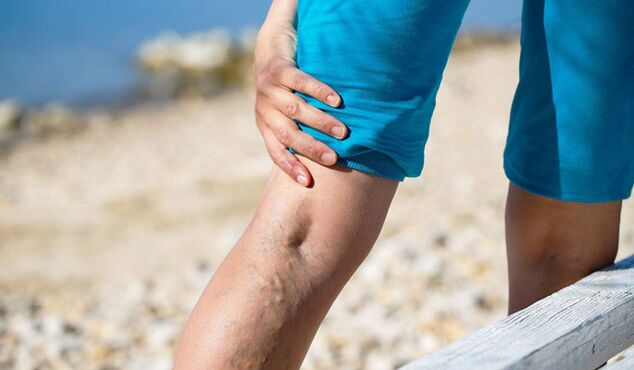
Varicosis enlargement, or varicose veins is a disease characterized by the weakness of the valves in the veins and the malfunction of the vascular wall, as well as the stagnation of blood in the veins of the lower extremities.This pathology is filled not only with a violation of trophism, or food feeding, a result of which can be difficult and long -term -trophic ulcers, but also dangerous in that stagnant blood and blood lines that can develop from blood flow throughout the body.Moreover, in the case of the formation of thrombotic impositions within the vascular wall (phlebotrombosis), its infection with the development of frightening diseases is possible - thrombophlebitis.
Surgery of the disease with varicose
The operation for varicose veins of the lower extremities is radical and consists of removing the subcutaneous veins of the lower extremities (phlebectomy) or the sclerosis of the deep veins of the lower leg and hip.
Traditionally, phlebectomy is performed according to the bebcock method and consists of inserting the probe into the vein lumen with the subsequent extension of the vein completely over its length by cutting into the skin outside.The cut is sewn at the end of the operation with a cosmetic layer.
Mini-Flebectomy is used to remove very short sections of the vein, during surgery, the veins are not used.Cuttings on the skin are not performed, and a piece of vein is removed through a thin puncture on the skin that does not require imposing layers.
With a small area of varicose veins damage, it is possible to perform a softer technique - stripping.This is stretching with a thin stroke of just a varicose joint.Experience is performed by two cuts on the skin with their subsequent suture.One variety of this technique is cryostropping - the "sinking" of the vein in the cryosonds using low temperatures, the destructive knot is also stretched.
Vienna's sclerosion is the introduction of a sclerosant into its lumen - a substance that "glues" the walls of the vein with each other, but the vein remains deep under the skin, not performing its functions.The blood flow through the veins stops and passes through the collateral vessels, without violating the venous blood flow from the lower limbs.Vienna sclerosis is performed under ultrasound control.
Endovascular laser coagulation of varicose veins is the latest method in phlebology and consists of introducing a thin probe into the laser vein lumen, which exerts a cauterizing effect on the vein walls.
The method of explaining the radio vein frequency also refers to a more modern varicose vein treatment, but not all medical institutions are equipped with appropriate equipment.The technique consists of the "cauterizing" effect on the vascular wall of high frequency radio waves.
Indications for removing veins
Not all patients are shown surgery, but in some cases it is still impossible to do without it, as it is best to remove the source of potential inflammation and blood clots than to expect complications.States seeking surgery include the following:
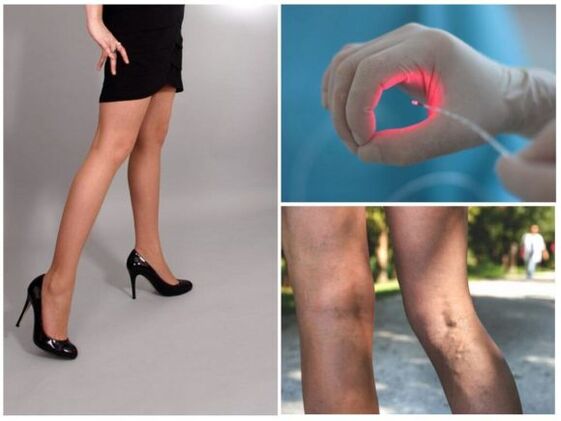
- The risk of occurrence or thrombophlebitis already arising,
- The frequent irritations of the thrombophlebitis,
- Great damage to the subcutaneous veins,
- Severe symptoms of varicose veins - a constant feeling of severity and pain in the foot,
- Non -Shipping trophic ulcers,
- Disordishes Nutrition (trophic) disorders of the lower extremities tissue - changes in color and cooling of the skin of the feet and feet.
Contraindications to Operation
Performing even minimum vascular intervention is contraindicated in the following cases:
- Pregnancy 11 and 111 quarters,
- Acute infectious disease,
- Chronic diseases (bronchial asthma, diabetes mellitus, stomach ulcer, etc.),
- Acute
- Acute myocardial infarction,
- Raised inflammation of the lower extremities.
In any case, all indications and contraindications are determined by a phlebologist or surgeon in the process of full -time examination of the patient.
Which method to choose?
The use of a particular method of treatment is evaluated only by a physician, based on the rate of propagation of the process.
Of course, with small knots, less invasive methods are preferable, such as mini-flebectomy, short stripping, laser spray and sclerosis, due to the fact that they are less traumatic and virtually do not require a rehabilitation period.At the same time, with a high length of varicose veins, preference is given to traditional phlebectomy, which not only requires spinal anesthesia, but is also a fairly traumatic surgery, leaving a aesthetic defect in the form of scrame after surgery.
In this regard, you should not postpone a visit to the doctor at the existing phase of varicose veins, and moreover, you do not need to abandon less traumatic surgery if the doctor saw the need for this after examination.
When is it better to do the operation?
The decision on the need for surgical treatment is made only after consulting a phleolologist or vascular surgeon.However, at an early stage when the patient deals only with aesthetic disturbances in the form of varicose joints, as well as a slight swelling of the feet at the end of the day, you can try to stop further progress of the process by using knitted compression dresses and venotonic medicines.
In the case of limb pain, as well as the risk of complications, it is not recommended to delay surgery.
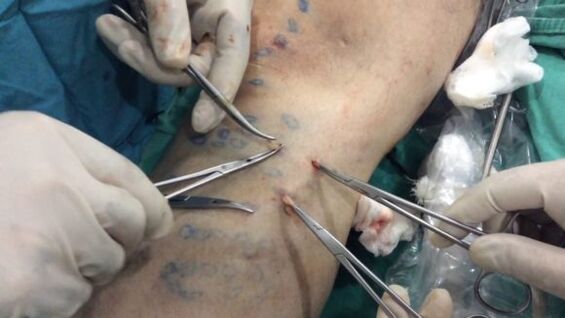
Preparation for the operation
Before planning surgery to remove the veins, the patient must perform a number of necessary examinations.These include a consultation of a surgeon or phlebologist, as well as an ultrasound of the veins of the lower extremities.In the case where the patient is indicated by the removal of the veins, it is examined in the outpatient phase, in particular, general and biochemical blood tests, blood tests (INC, acts, etc.), ECG and breast organs radiography should be performed.
On the day prescribed by a doctor, the patient should come to a medical institution that practices phlebectomy.You can independently shake your hair on the lower leg, thigh and inguinal area on the side of the affected limbs.The day before, you should limit yourself to a light dinner, in the operation it is necessary to put on an empty stomach.The patient should warn the operating physician and an anesthetist about the intolerance to previously taken medicines.
How the operation is performed
Once the patient arrives at the clinic and initial inspection by the operating surgeon and anesthetist, the issue of anesthesia is resolved.In the case of conventional phlebectomy, spinal anesthesia is used, with mini-operatives, local anesthesia is used by choking the skin with novocaine or lidocaine solutions.
After the appearance of anesthesia, the surgeon places the location of the vein using ultrasonic dopplerography (UZDG).Next, through the cutting on the skin, the probe is presented and the main stage of surgery is presented-the extent and coating of vein areas during phlebectomy, extending the vein with mini-flebectomy (only through points, and not through the laser exposure to the vessel walls.The main phase lasts from half an hour to two to three hours, depending on the volume of the operation.
After the main stage, the cuts are sewn to the skin, an aseptic pressing bandage is applied to the wound and the patient is accompanied in the ward, where he will be under observation of several hours a day.In the ward, the patient imposes compression freedom, which is not removed for three days.
A day later, the patient goes home.If the surgeon describes the clothing, the patient visits them daily or another day.The dresses are removed seven days after surgery, and two months later, the UPS of the lower extremities are performed.
When is the operation not allowed?
Although surgery to remove veins with varicose veins gives good predictions and is performed by effective methods, there are still a number of factors whose presence is a contraindication to surgical intervention:
Flebectomia Lifting Varicose veins
- Deep vein thrombosis of the lower extremities.
- When inflammatory processes appear on the feet, including erysipelas and eczema.
- Heart disease and infectious diseases.
- 2nd and 3rd trimester of pregnancy.
- Endless age.
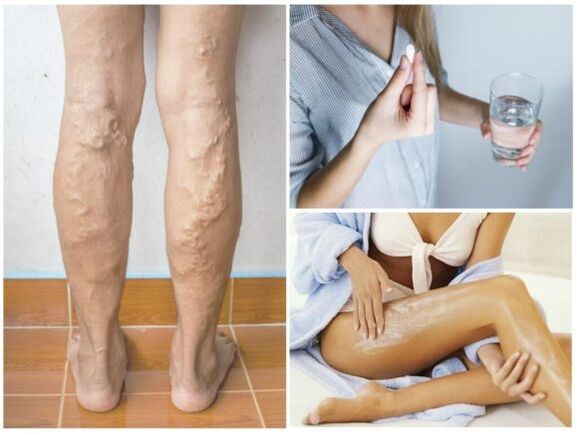
Are post -surgery complications possible?
Operations technique, honored in excellence for decades, allows you to minimize the risk of post -operative complications.However, in extremely rare cases (less than 1%), the development of such adverse consequences as:
- Post -operative hematomas - resolved for several months,
- Seals after surgery under the skin along the bed of a remote vein also disappear one month or two after surgery,
- Mechanical damage to lymph vessels leading to lymphostasis (lymph stagnation) is treated conservatively, but after several months the lymph begins to circulate according to anastomosis, and the lymphototus from the limbs is performed properly.
- Damage to the subcutaneous nerves, manifested by transient disorders of skin sensitivity - independently flattened for several months.
Complications and consequences of surgical treatment
No matter how talented a surgeon can be, varicose veins after surgery sometimes again makes himself feel in the form of complications.No one can assume how this or that organism will behave.After surgical intervention in the removal of varicose veins 2 and 3, there may be consequences that do not require treatment - bruises and hematoma, this is a normal body reaction to tissue damage.If the patient follows the recommendations, then everything will pass very quickly.Among the other consequences, can be marked:
- abundant bleeding;
- a decrease in limb sensitivity (manifested by subcutaneous nerve damage);
- SUPPTION When you enter the infection;
- numbness, etc.
In terms of pain, they can be observed exclusively with phlebectomy, the other two methods of treatment are almost painless.If there is then unpleasant sensations, then they easily stop the analgesics.
The consequences can be serious;Among the most dangerous, thromboembolia is distinguished.This is an acute blockage of a blood vessel with a thrombus that left the site of its localization and circulates along with the bloodstream.If the patient is assisted in a timely manner, then he can become a person with disabilities and even die.
Forecasting and lifestyle after surgery
After surgery, for several days, painful pain in the operated limb and insignificant edema are possible.To stop the unpleasant symptoms, the doctor is prescribed non -steroidal medication - Ketorol, Nisse, etc.Immediately after surgery, the patient should begin to wear compression drawers and perform exercises of physiotherapy exercises determined by the doctor.
On the second day after surgery, the patient is allowed to walk a little.After one or two weeks, slow walking should be provided for a few hours a day.
Provisions such as ::
- Rejecting bad habits,
- Proper food with the exception of fat and harmful products,
- Compliance with the work and rest regime,
- Exclusion during working hours only with a sitting or single standing position - a change in the limb position in the process is needed.
In conclusion, I would like to note that judgment from reviews, operations to remove veins are quite favorable, and serious complications virtually do not arise.Moreover, the risk of the life -threatening complications of varicose veins (thromboembolism, for example) decreases significantly after removing an extended vein.Currently, an amputation of the limbs due to severe inflammation and even gangrene due to thrombophlebitis (especially against the background of diabetes) is not rare, so it is best to contact the surgeon at an early stage and not refuse to remove the veins if needed.Thus, you will keep yourself not only healthy limbs but also the health of the whole body as a whole.
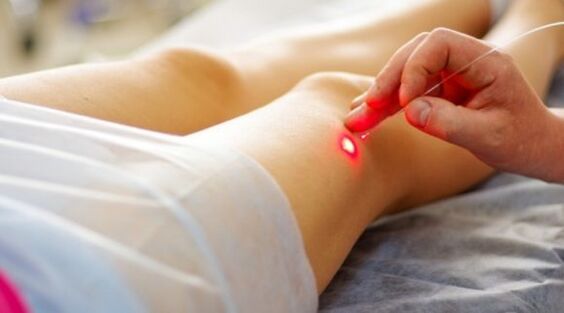
Preventive
With unfavorable inheritance, when relatives diagnose varicose veins or a person is at risk for other reasons, it is important to take preventive measures:
Varicose injection
- regularly take vitamin C, which strengthens the blood vessel walls and improves the characteristics of the blood composition;
- Use medication, taking them should agree with a physician;
- Use compression linen;
- Physical education is important, swimming, walking, cycling, blood flow driving well.
Prevention also means a transition to a healthy lifestyle - you need to review the diet and abandon bad habits.


















